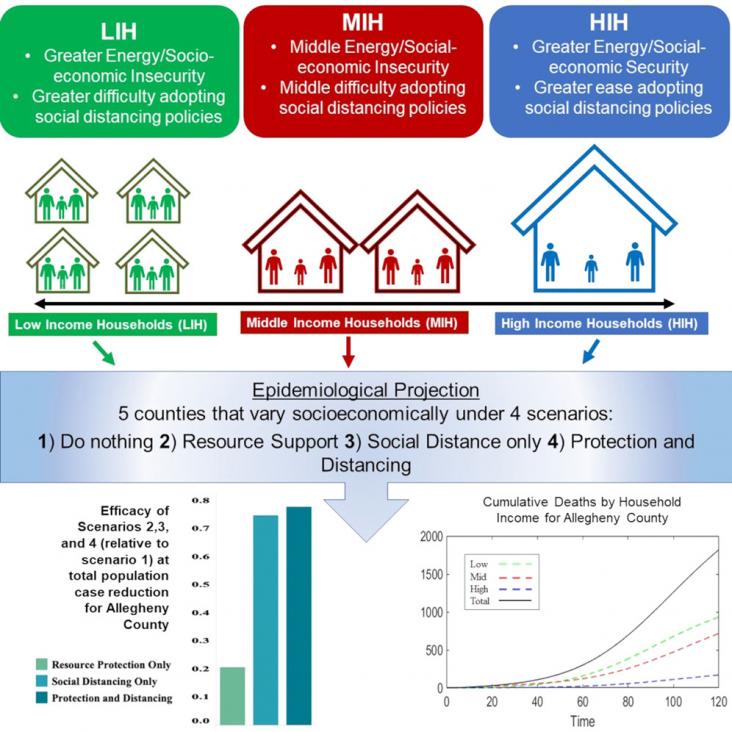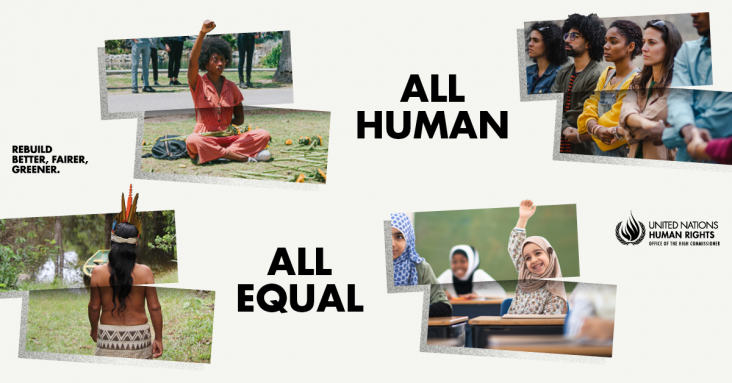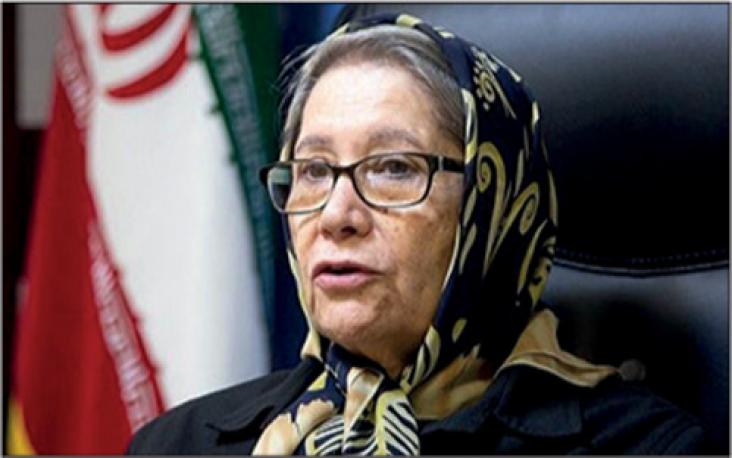
It has now been more than thirty years since Joan Wallach Scott (1986) argued that gender is a legitimate and necessary category of historical analysis that applies to all fields, including genetic
Gender differences in the assessment of thermal comfort and indoor environmental quality (IEQ) in the Gulf Cooperation Countries (GCC) have not previously been investigated, despite the prevalence

Human Rights Day is observed every year on 10 December — the day the United Nations General Assembly adopted, in 1948, the Universal Declaration of Human Rights (UDHR).

